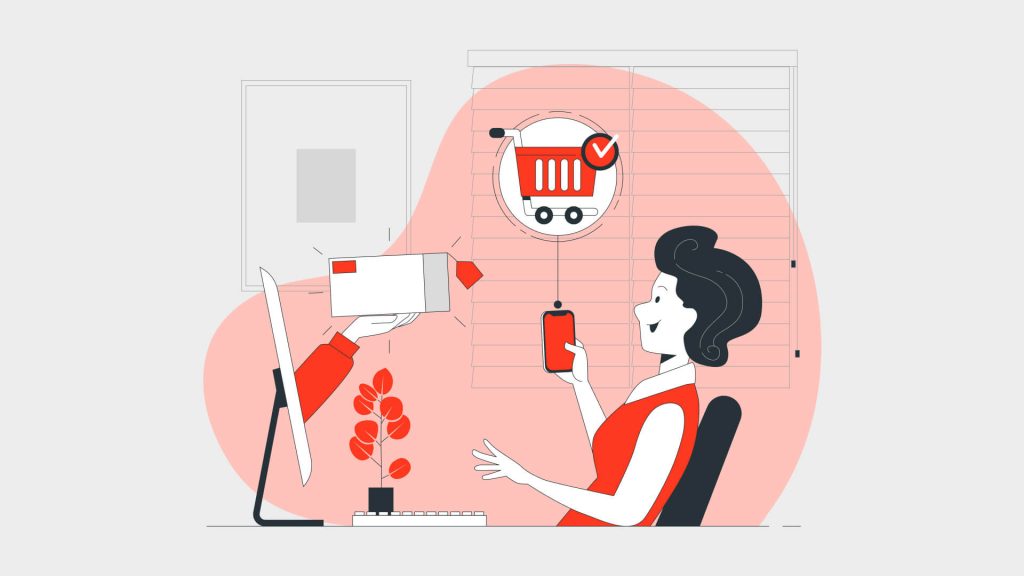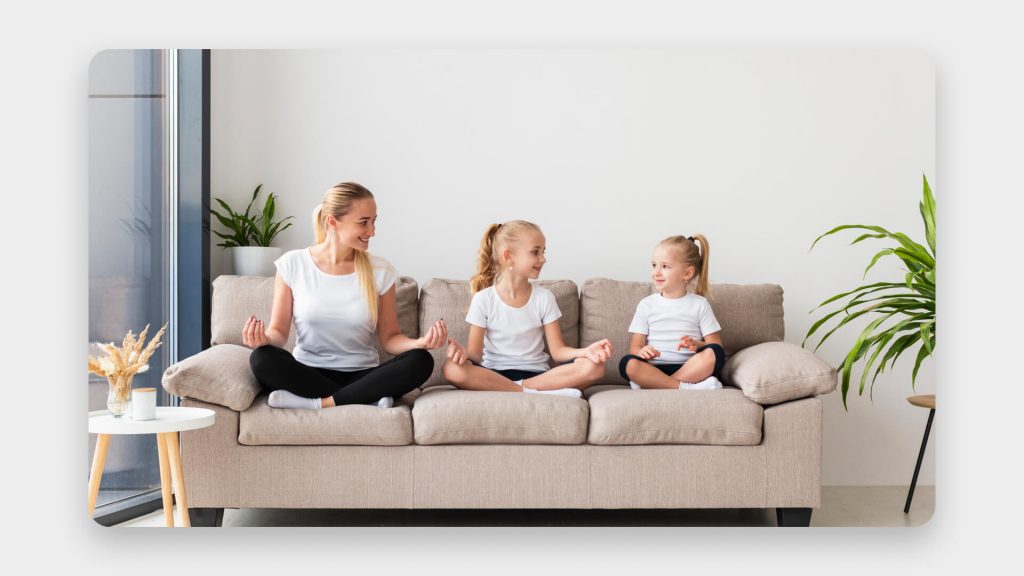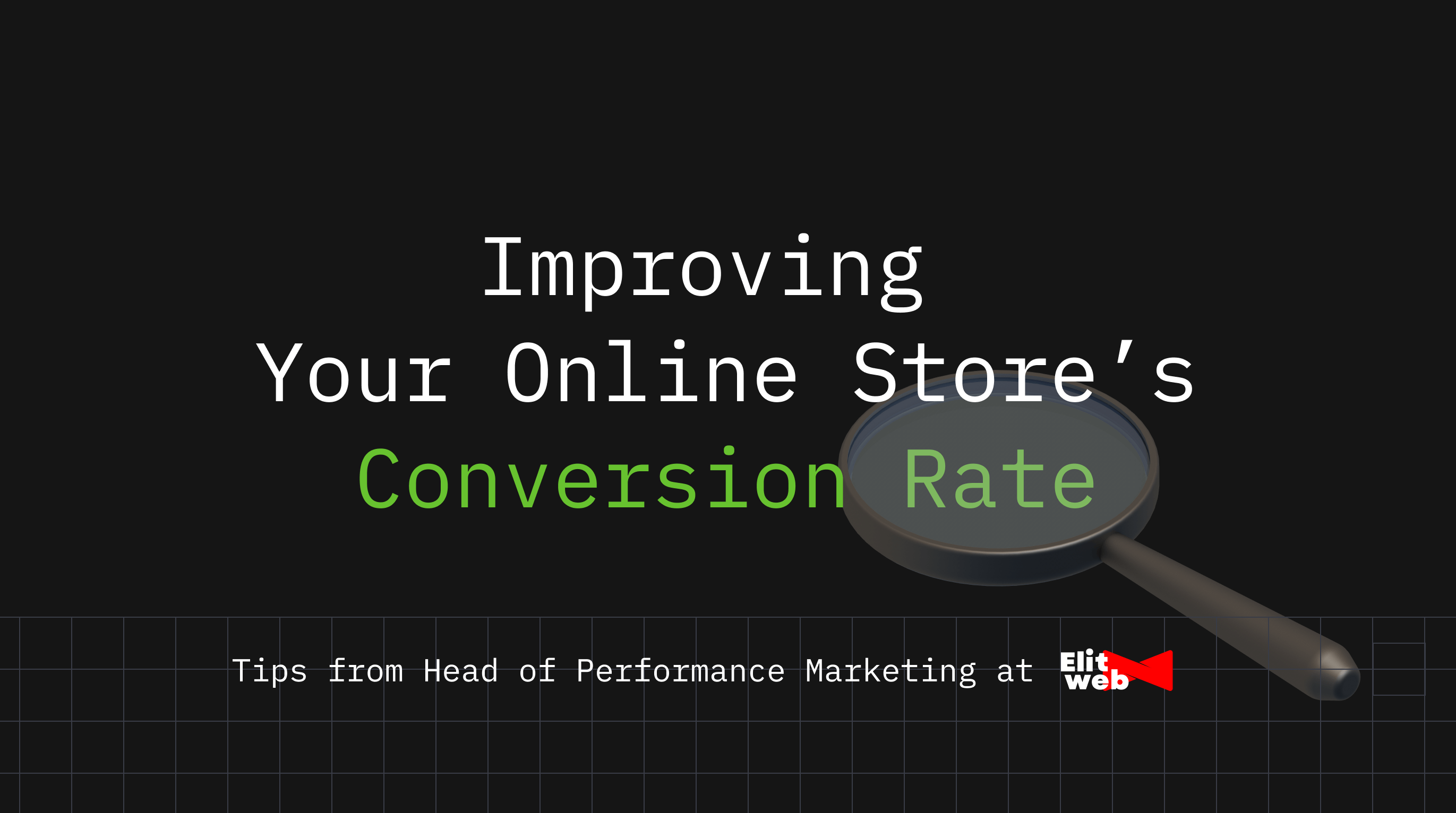The conversion rate is crucial for measuring the success of an online business. Wondering how to enhance your online store’s conversion rate and make it more appealing to potential customers? This article has all the answers you need!
How to Boost the Conversion Rate of Your Online Store?
One common issue many online store owners face is low sales despite having good traffic. Why do visitors click on ads but leave without making a purchase? How can you achieve a higher conversion rate? Hi, I’m Anton Sinyavskyi, Head of Performance Marketing at Elit-Web. In this article, we’ll explore how to improve your online store’s conversion and find success in the world of online business.

What is Conversion?
In simple terms, conversion is a measure of how many visitors do what you want them to do. For instance, if you sell products or services on your site, conversion is the percentage of people who make a purchase. If you have an informational website, getting people to subscribe to your newsletter is considered a conversion. The higher the conversion rate, the more sales and profit you’ll achieve.
There are two main types of conversion:
- Lead Conversion: This happens when a user shows interest in your offer but is not yet ready to buy. Leads can be cold (when the user is comparing different products), warm (when the user registers or authenticates on the site), or hot (when the user adds a product to the “Cart”).
- Customer/Buyer Conversion: This occurs when a user makes a purchase and pays for it. This means you’ve gained a new customer and made a profit from the sale.
How to Calculate Site Conversion?
To calculate site conversion, use this simple formula:
Conversion = (Number of targeted actions / Number of visitors) * 100%
A targeted action refers to what visitors do on your site, such as making a purchase, registering, subscribing, downloading a file, or clicking a link. Let’s take an example. Suppose 1000 people visited your site in a day, and 50 of them made a purchase. We can calculate the conversion rate: (50 / 1000) * 100% = 5%. This means that 5% of the visitors became your clients, or in other words, every twentieth visitors on your site made a purchase.
What is the Normal Conversion Rate?
There isn’t a definitive answer to this question because the conversion rate can vary depending on the type of website, topic, audience, seasonality, and other factors. The level of competition also plays a significant role: higher competition generally leads to lower conversion rates for individual sites. However, research suggests that the average site conversion rate globally is around 2-3%. For online stores, the most successful ones are those that sell unique products or have unique sales offer. So, if you want to make a positive impact on your business’s bottom line, it’s best to aim for a conversion rate higher than 1-2%.

What Factors Affect Conversion?
The conversion rate of a website is not a fixed value and can be influenced by various factors. Some factors are beyond the control of the website owner, while others can be adjusted and optimized. Let’s take a closer look at them.
Objective factors depend on the external environment and market conditions. They include:
- Seasonality: Demand for certain products or services may vary throughout the year, leading to fluctuations in site conversion.
- Need: The more people require your product or service, the higher the chances of conversion. For example, during a pandemic, selling medical masks would likely result in a high conversion rate.
- Competition: The presence of numerous competitive offers can make it challenging to stand out and persuade customers to choose your site.
- Type of product or service: Certain products or services have many alternatives or involve a lengthy decision-making process, which can impact the conversion rate. For instance, selling cars or real estate generally has a lower conversion rate.
Subjective factors include:
- Quality of site design and content.
- Pricing strategy for products or services.
- Alignment of visitor interests and needs.
- Trust in your brand and its reputation.
Subjective factors can be further divided into external and internal factors. External factors pertain to how you drive traffic to your site using different marketing channels. Internal factors refer to:
- Design.
- Content.
- User interface and navigation convenience.
- Technical condition of the website.
- Semantic core (the collection of keywords and phrases used on your site).
All these factors collectively influence the user experience on your website, making it either convenient and interesting or hindering conversion.

Improving Your Online Store’s Conversion Rate: Tips for Attracting More Customers
To boost your site’s conversion rate, focus on the following:
- Page speed: Ensure that your website loads quickly, ideally within 2-3 seconds. Slow-loading pages increase the likelihood of users leaving the site.
- Site design: Create an attractive and user-friendly site with intuitive navigation. Use contrasting colours, fonts, and buttons to highlight important elements and place crucial information prominently.
- Site content: Craft compelling content that highlights the benefits and unique selling points of your product or service. Address the needs of your target audience using simple and clear language. Avoid grammatical and spelling errors. Incorporate high-quality images, videos, infographics, or animations to make your content visually appealing. Strive for unique and original content that stands out from competitors.
- Landing page optimization: Pay attention to the landing pages visitors land on after clicking on ads, links, or banners. Optimize these pages for conversion by including a clear headline, strong call to action, high-quality images, and important information about your offer.
Additionally, continuously analyze visitor behavior on your site, including traffic sources, time spent on pages, and bounce rates, to identify areas for improvement.
To further increase conversion, consider using these additional tools:
One of the effective ways to increase the conversion rate is remarketing. Remind potential customers who have shown interest in your site but haven’t taken the desired action, such as making a purchase or signing up for a newsletter. Use targeted ads to reconnect with these users.
Targeted audience segmentation will also help to increase conversion. Segment your target audience based on interests and characteristics to create more appealing offers.
And don’t forget to use commercial intent keywords. Optimize your site for search queries that indicate high user interest in making a purchase. This includes general queries (e.g., “shop bags”), commercial queries (e.g., “buy a winter down jacket”), and informational queries (e.g., “how to choose a refrigerator”).
Conclusion
It’s important to note that the methods for increasing the conversion rate of advertising traffic can vary depending on the niche. It’s a complex field with numerous approaches. The suggestions I provided here are just a small part of what can be done to boost the conversion of an online store. However, I hope that these recommendations will be helpful to you and contribute to achieving your desired conversion rate.
Whether you need to optimize your existing site or build a new one from scratch, we can do it all while ensuring improved page loading speed. Check out our cases at the link.




